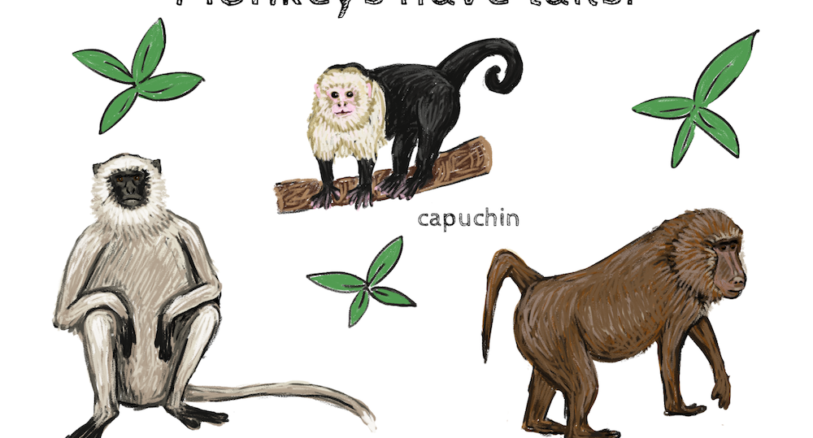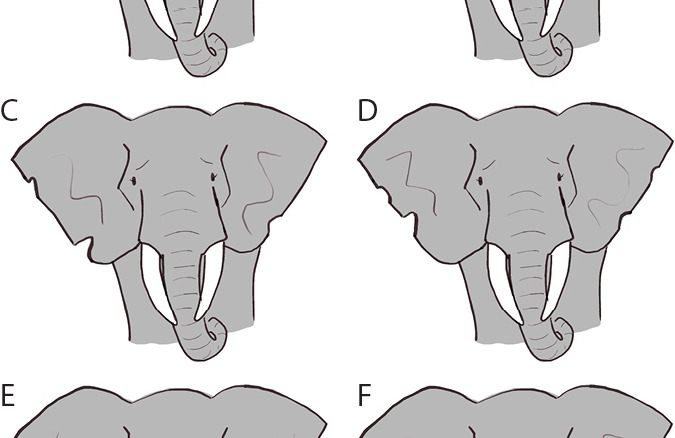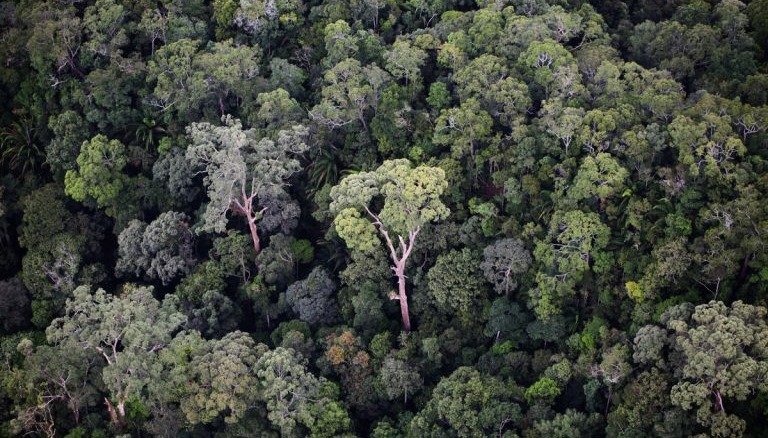
Vervet monkey animal book
Students can choose an ecosystem and research information, construct their own writing based on the information they have researched, and illustrate their own pictures.
Procedure:
Useful files/links:
Completed Student Examples
3rd grade student book examples
4th grade student book examples
- Wetlands – California ground squirrel
- Wetlands – California newt
- Wetlands – California wild rose
- Wetlands – Pallid bat
- Wetlands – Steller’s jay
- Wetlands – Western scrub jay
5th grade student book examples
- Oceans – Blowfish
- Oceans – Angler fish
- Oceans – BlowFish
- Oceans – California sealion
- Oceans – Elephant seal
- Oceans – Humpback whale
- Oceans – Loggerhead turtle
- Oceans – Orca
- Oceans – Orcasm
- Oceans – Seaotter
- Oceans – Striped shore crab
- Rainforests – Jaguar
- Rainforests – Keel-billed toucan
- Rainforests – Okapi
- Rainforests – Pink river dolphin
- Rainforests – Slothbear
- Rainforests – Yellow streaked tenrec
Purpose: To provide students with an opportunity to explore an ecosystem of interest to them in depth. Students’ finished products can contribute to an in class library, school library, and even worldwide web access to other students around the world (see Activity 3). This builds a sense of ownership, pride, and confidence in one’s work. Note: These books take a while to complete (about 2-3 months, so take your time). They are also geared toward 5th grade, so 3rd and 4th graders will need extra scaffolding, especially during the research phase (Plant and/or Animal Research Report).
Materials: Research reports, template books, pencil and/or erasable pens, colored pencils, crayons, markers, water-color paper, watercolors, cups, paint brushes, Internet access, books, magazines, articles, consult experts, etc.
Common Core Standards:
English Language Arts Standards:
Reading: Informational Text:
Craft and Structure:
CCSS.ELA-Literacy.RI.3.4 (third), 4.4 (fourth), and 5.4 (fifth) Determine the meaning of general academic and domain-specific words and phrases in a text relevant to a grade 3-5 topic or subject.
Integration of Knowledge and Ideas:
CCSS.ELA-Literacy.RI.4.7 (fourth) Interpret information presented visually, orally, or quantitatively (e.g., in charts, graphs, diagrams, time lines, animations, or interactive elements on Web pages) and explain how the information contributes to an understanding of the text in which it appears.
CCSS.ELA-Literacy.RI.5.7 (fifth) Draw on information from multiple print or digital sources, demonstrating the ability to locate and answer to a question quickly or to solve a problem efficiently.
CCSS.ELA-Literacy.RI.4.9 (fourth), and 5.9 (fifth) Integrate information from two texts on the same topic in order to write or speak about the subject knowledgeably.
Writing:
Text Types and Purposes:
CCSS.ELA-Literacy.W.3.2 a (third) Introduce a topic and group related information together; include illustrations when useful to aiding comprehension.
CCSS.ELA-Literacy.W.4.2 a (fourth) Introduce a topic clearly and group related information in paragraphs and sections; include formatting (e.g., headings), illustrations, and multimedia when useful to aiding comprehension.
CCSS.ELA-Literacy.W.5.2 a (fifth) Introduce a topic clearly, provide a general observation and focus, and group related information logically, include formatting (e.g., headings), illustrations, and multimedia when useful to aiding comprehension.
Production and Distribution of Writing:
CCSS.ELA-Literacy.W.3.6 (third), 4.6 (fourth), and 5.6 (fifth) With guidance and support from adults, use technology to produce and publish writing (using keyboarding skills) as well as to interact and collaborate with others.
Research to Build and Present Knowledge:
CCSS.ELA-Literacy.W.3.7 (third) Conduct short research projects that build knowledge about a topic.
CCSS.ELA-Literacy.W.4.7 (fourth) Conduct short research projects that build knowledge through investigation of different aspects of a topic.
CCSS.ELA-Literacy.W.5.7 (fifth) Conduct short research projects that use several sources to build knowledge through investigation of different aspects of a topic.
Language:
Conventions of Standard English:
CCSS.ELA-Literacy.L.3.2 (third), 4.2 (fourth), and 5.2 (fifth) Demonstrate command of the conventions of standard English capitalization, punctuation, and spelling when writing.
Mathematics Standards:
Number and Operations- Fractions:
• Develop understanding of fractions as numbers (third).
• Extend understanding of fraction equivalence and ordering (fourth).
• Build fractions from unit fractions by applying and extending previous understandings of operations on whole numbers (fourth).
• Understand decimal notation for fractions, and compare decimal fractions (fourth).
Next Generation Science Standards (NGSS):
Disciplinary Core Idea Progression:
Life Science Progression (LS1.A): Organisms have both internal and external macroscopic structures that allow for growth, survival, behavior, and reproduction.
Life Science Progression (LS1.B): Reproduction is essential to every kind of organism. Organisms have unique and diverse life cycles.
Life Science Progression (LS1.C): Food provides animals with the materials and energy they need for body repair, growth, warmth, and motion. Plants acquire material for growth chiefly from air, water, and process matter and obtain energy from sunlight, which is used to maintain conditions necessary for survival.
Life Science Progression (LS1.D): Different sense receptors are specialized for particular kinds of information; Animals use their perceptions and memories to guide their actions.
Life Science Progression (LS2.A): The food of almost any animal can be traced back to plants. Organisms are related in food webs in which some animals eat plants for food and other animals eat the animals that eat plants, while decomposers restore some materials back to the soil.
Life Science Progression (LS2.D): Being part of a group helps animals obtain food, defend themselves, and cope with changes.
Physical Science Progression (PS3.D): Energy can be “produced,” “used,” or “released” by converting stored energy. Plants capture energy from sunlight, which can later be used as fuel or food.
Procedure:
• Introduce one ecosystem at a time. For example, the students may be interested in exploring wetlands because they live within proximity to this ecosystem.
• Launch the ecosystem of interest with colorful books, DVD’s, kid friendly Internet sites, magazines, articles, an expert guest speaker, etc. It’s important to stimulate interest from the start.
• Allow each student to choose a plant and/or animal of interest to them.
• Provide a Plant Research Report (pdf) if they are interested in a particular plant or tree, and provide an Animal Research Report (pdf) if they are interested in a particular animal. Make sure the students keep track of their resources.
• When students have completed their Research Reports, they are ready for a template book. It’s important that students use pencil and/or erasable pen when writing in their template books (so as to easily erase spelling and/or grammatical errors).
• Note: Some students may want to use watercolors for their illustrations. If this is the case, cut a piece of watercolor paper and tape into their books.
• Have fun! These books come out as works of art. Students, teachers, parents, and others will be impressed with the finished product.
• Note: See students’ 3rd, 4th, and 5th grade ecosystem books.





